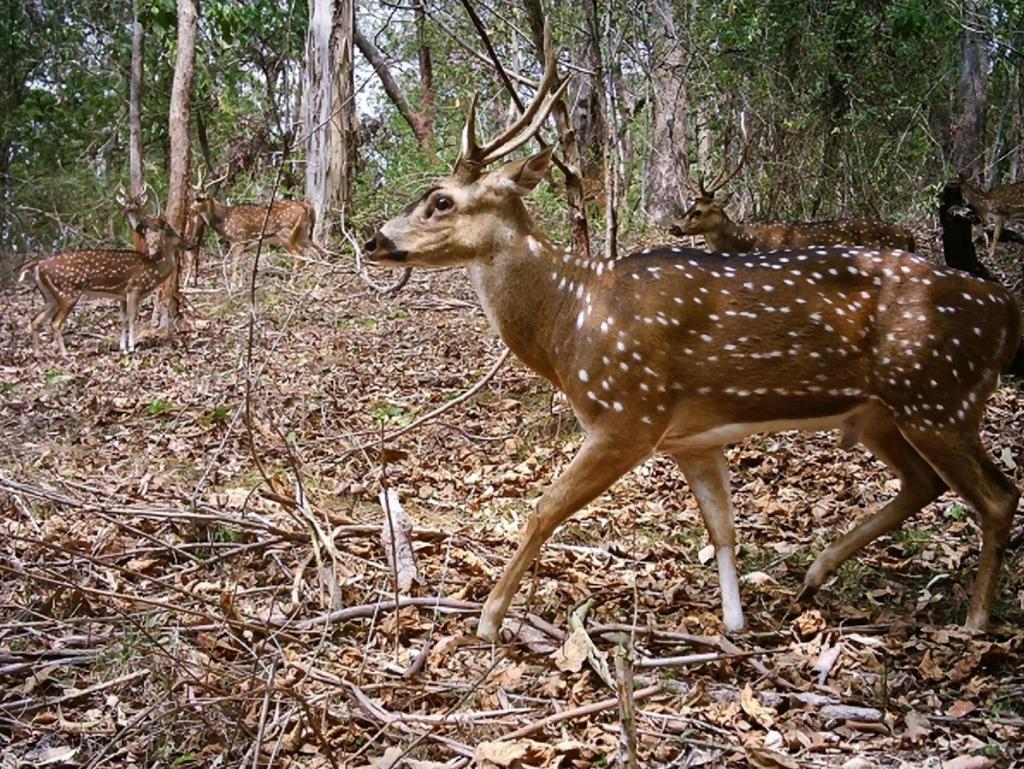Politicians ‘dither’ as world’s worst feral pest threatens ‘national disaster’
Their stings and swarms make them fearsome predators. As politicians ‘dither’ and Queensland struggles to keep a lid on them, one of the world’s worst feral pests marches on, with potentially disastrous consequences.
Fire ants – one of the world’s worst feral pests – have in recent days crossed two state borders and spread 800km within Queensland, in a “wake-up call for the nation” to avert “disaster”.
In just over a week, the “mega pests” – entrenched in southeast Queensland – arrived in Perth via shipping containers and were found in numbers at Tweed Heads, NSW, and in central Queensland.
Confirmed on Friday, the most recent outbreak – in a BHP coalmine 150km inland from Mackay – is the first in central Queensland, a worrying 800km from the main infestation.
The Invasive Species Council, backed by farmers and impacted state governments, warned a far greater effort was urgently needed by federal and other state and territory governments.
Otherwise, it warned, the Queensland infestation would spread nationally, which modelling suggests would inflict a $2bn-a-year hit to agriculture, 650,000 medical visits, and untold ecological destruction.


“I am incredibly angry about this – this is not bad luck, it’s a spectacular failure because of known gaps in funding, enforcement and surveillance,” said Reece Pianta, Invasive Species Council advocacy manager.
“Australia’s last chance to eradicate deadly fire ants is being destroyed because governments are dithering and delaying critical funding increases. If this stronghold for fire ants is not dealt with, it will end up being a problem for the whole country.”
While responses to the new detections should be successful, such events highlighted the ever-present threat while the Queensland infestation continued.
“Fire ants only have to get lucky once to establish a new foothold somewhere else in the country,” Mr Pianta said. “I want this to be a wake-up call.”

While the Queensland government recently committed an extra $24m to tackle the infestation, it was time for the federal government – and other jurisdictions – to do more. “That funding is about half of what’s needed to really deal with this high-density infestation that’s putting the whole country at risk,” he said.
“Queensland is trying to deal with the suppression work by itself. There does need to be a national solution. We’re far better off containing them where they currently are and eradicating them than having to deal with half a dozen infestations across the country again.”
That was the situation 10 to 15 years ago, with infestations in Gladstone, Freemantle, Brisbane and Port Botany taking much effort to eradicate.
NSW Agriculture Minister Tara Moriarty backed the calls. “Despite NSW having put in record funding, fire ants are knocking on our door,” she said. “This is not just a NSW problem, this is an Australia problem.
“Fire ants pose a massive threat to our state and the country’s agricultural sector. While we are doing everything we can, more needs to be done – particularly at a national level.”
The swarming red ants, originally from South America, can destroy crops by damaging roots, make paddocks unusable, attack livestock and native animals, and can cause fatal anaphylactic shock in humans.
Suited to conditions across 98 per cent of Australia, they are adapted to surviving drought, fire and floods.
They typically spread in movements of soil, hay, mulch, turf, potted plants, machinery and equipment, but can also fly up to 5km, tunnel and “raft” on water.
The Albanese government defended its funding, which does not assist with Queensland’s suppression efforts within the containment zone.
“Our government is contributing a record investment of just under $300m for the (eradication) program, representing around 50 per cent of the total national cost-shared budget,” a spokesman said.
“This is nearly four times more investment than was the case at the end of 2021-22.”

Impacted Queensland sugar cane farmer Greg Zipf said fire ants were a “nightmare”, forcing major changes to his operations, costing about $25,000 a year, and regular treatments with recommended baits.
“I’m working about 150ha of land, over which there’d probably be more than 200 ant nests,” Mr Zipf said.
“If we want to stop fire ants from eventually moving across the whole of Australia, we have to be proactive about trying to eradicate them. This a whole of Australia issue.
“If we don’t stop these things it’ll be your backyard – and your kids who can’t run around and play with the dog because of the fire ants.”
Queensland Primary Industries Minister Tony Perrett called on the Albanese government to “get serious about suppression” of the pests. “Without stronger investment in suppression by both federal and state governments, we risk falling behind,” Mr Perrett said.
“Suppression is what slows the spread, and the longer we delay, the harder and more expensive this gets.”






To join the conversation, please log in. Don't have an account? Register
Join the conversation, you are commenting as Logout